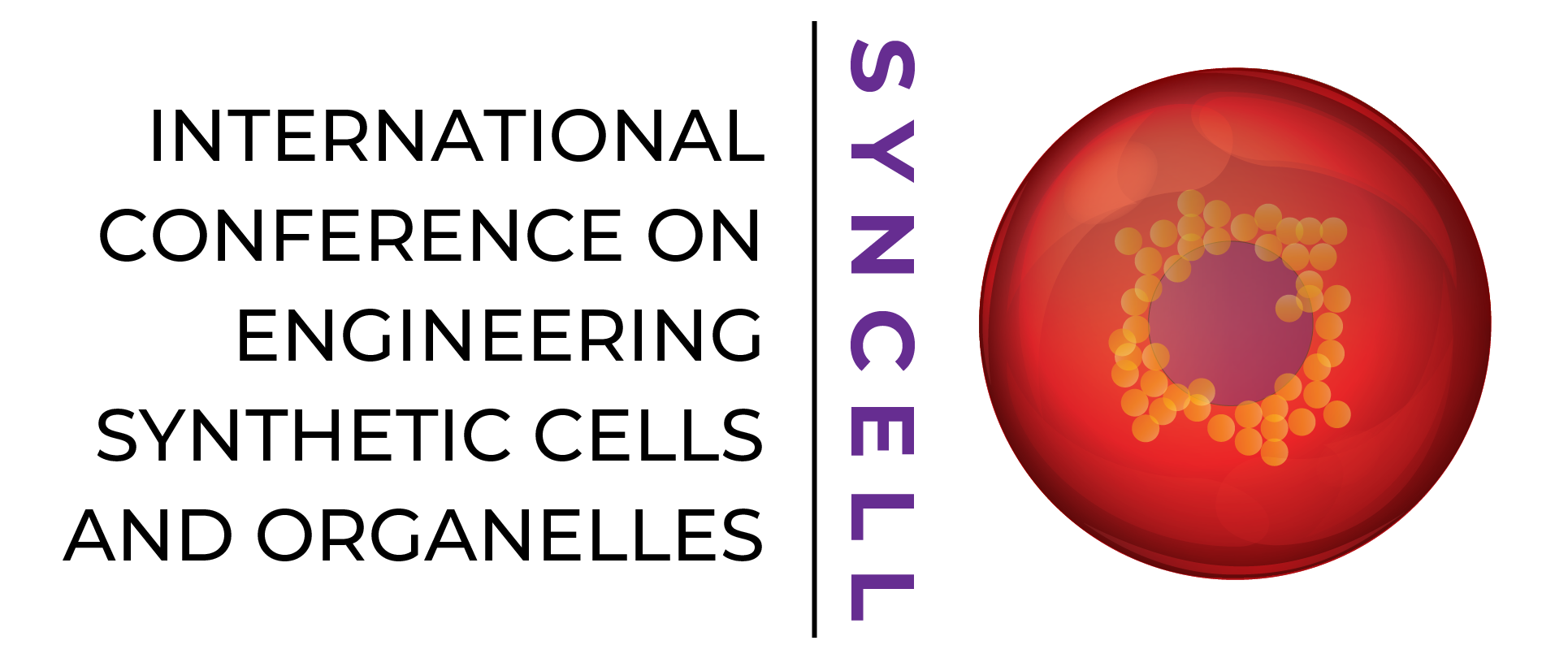
Controlled division of cell-sized vesicles by low densities of membrane-bound proteins
Presented by: Jan Steinkühler
Max Planck Institute Colloids and Interfaces
Contributed Talk
Abstract
JAN STEINKÜHLER
Title: Controlled division of cell-sized vesicles by low densities of membrane-bound proteins
Jan Steinkühler1, Roland L. Knorr1, Ziliang Zhao1, Tripta Bhatia1, Solveig M. Bartelt2, Seraphine Wegner2,
Rumiana Dimova1, and Reinhard Lipowsky1
1Max Planck Institute of Colloids and Interfaces, Science Park Golm, 14424 Potsdam, Germany
2Max Planck Institute for Polymer Research, Ackermannweg 10, 55128 Mainz, Germany
The proliferation of life on earth is based on the abilitiy of single cells to divide into two daughter cells. During cell division, the plasma membrane undergoes a series of morphological transformations which ultimately lead to membrane fission. Here, we show that analogous remodeling processes can be induced by low densities of proteins bound to the membranes of giant unilamellar vesicles (GUVs). Using His-tagged fluorescent proteins, we achieved an unprecedented control over the shape of the GUVs via the spontaneous curvature of their membranes. Varying this curvature, we obtained dumbbell-shaped GUVs with closed membrane necks as well as neck fission and complete GUV division. Our results demonstrate that the spontaneous curvature generates constriction forces around the membrane necks and that these forces are comparable in magnitude to those found in vivo. Our approach involves only one species of membrane-bound proteins at low densities, thereby providing a simple and extendible module for bottom-up synthetic biology.
